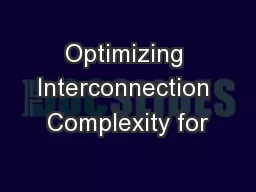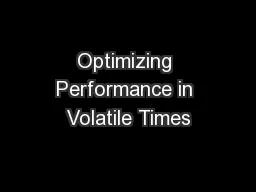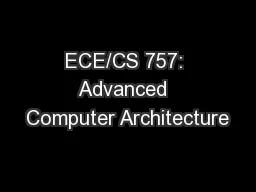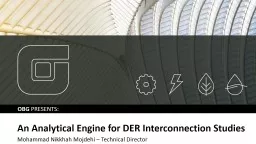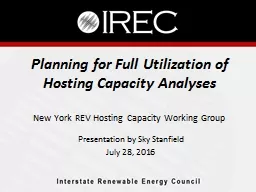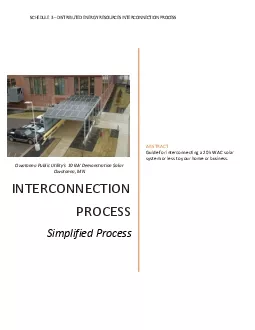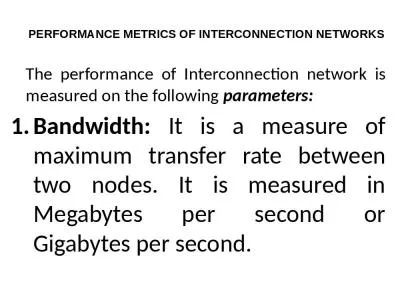PPT-Optimizing Interconnection Complexity for
Author : tawny-fly | Published Date : 2018-02-19
Realizing Fixed Permutation in Data and Signal Processing Algorithms Ren Chen Viktor K Prasanna Ming Hsieh Department of Electrical Engineering Presented by Ajitesh
Presentation Embed Code
Download Presentation
Download Presentation The PPT/PDF document "Optimizing Interconnection Complexity fo..." is the property of its rightful owner. Permission is granted to download and print the materials on this website for personal, non-commercial use only, and to display it on your personal computer provided you do not modify the materials and that you retain all copyright notices contained in the materials. By downloading content from our website, you accept the terms of this agreement.
Optimizing Interconnection Complexity for: Transcript
Download Rules Of Document
"Optimizing Interconnection Complexity for"The content belongs to its owner. You may download and print it for personal use, without modification, and keep all copyright notices. By downloading, you agree to these terms.
Related Documents

